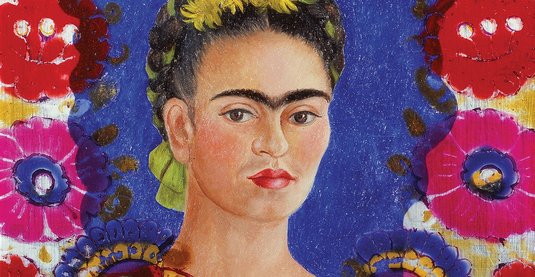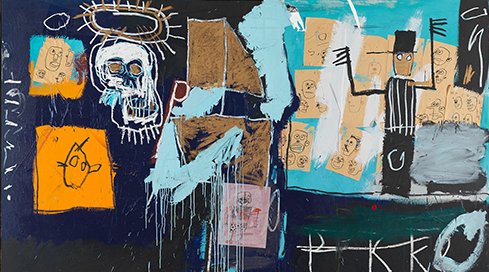
Focus on... Kasimir Malevich’s "Black Cross"
[Translate to English:]
[Translate to English:]
C'était, sur un fond blanc, une simple croix noire. Une croix grecque, celle dont les branches horizontale et verticale ont la même longueur et dont l'intersection est située en leur centre respectif. […] Quoique d'une sobriété et d'un minimalisme d'une franche aridité, l'œuvre n'en demeurait pas mois vibratoire, voire sensuelle.
Thomas Schlesser, Les Yeux de Mona (2024)
There is no doubt that this picture, entitled Black Cross but purported by Andréi Nakov to be more accurately known as Two Suprematist Planes in Orthogonal Relations, featured in the first-ever exhibition of Suprematist works. Entitled “0.10. Last Futurist Picture Exhibition”, this event was organised by Ivan Puni and directed by Malevich at the Dobychina Art Bureau in Petrograd, in December 1915. An imperfection at the centre of the top edge and a few specific irregularities in the contour helped to identify it on photographs taken during this exhibition comprising 154 works, including 40 paintings by Malevich. The first Black Square was also on display, like an icon, in one of the top corners of the piece.
The Black Cross’s whereabouts were unknown for 60 years. Apparently belonging at some point to painter and composer Mikhail Matyushin, it reappeared in 1975.
The square was specifically the primal shape and starting point from which derived the underlying Suprematist elements such as circles (by rotation) and crosses, achieved by dividing the square into two rectangles, one of which was then pivoted over the other by 90 degrees. The great distortions, featured in this first Black Cross relative to a strict orthogonal system, point to a mobile tension, as if the layering of the two planes had not yet been completed. This dynamic impression gradually fades away in later versions. A set featuring a square, a circle and a cross, probably produced by an apprentice for the 1924 Biennale de Venise and conserved at the State Russian Museum in Saint-Petersburg, is more rigid and exact. The drawing shown in the 1927 book The World as Objectlessness (Die Gegenstandlose Welt, published by Bauhaus) clearly showed the layering of two distinct bars.
The Black Cross’s whereabouts were unknown for 60 years. Apparently belonging at some point to painter and composer Mikhail Matyushin, it reappeared in 1975. After considerable restoration, the picture was admitted to the collection thanks to a joint donation by the Scaler Foundation and the Beaubourg Foundation in 1980. ◼
Excerpt from Collection art moderne - La collection du Centre Pompidou, Musée national d’art moderne , sous la direction de Brigitte Léal, Paris, Centre Pompidou, 2007
Related articles
Kasimir Malevich, Black Cross, 1915
Oil on canvas, 80 x 80 cm
© Centre Pompidou, Mnam-Cci/Dist. Rmn-Gp
![Kasimir Malévitch, Croix [noire] 1915](/_elastic_filemount/media/picture/13/5c/135c5dc973786fc7523d4c0e8855d565/thumb_large.jpg)

